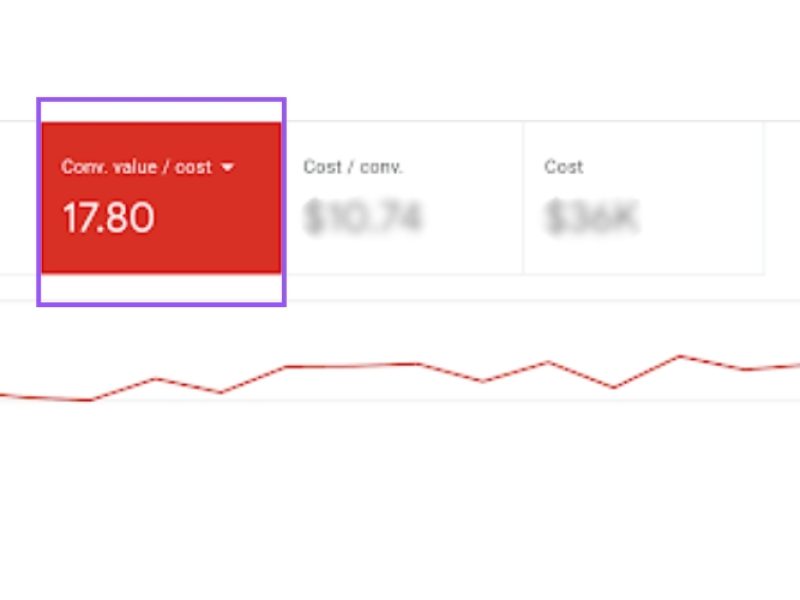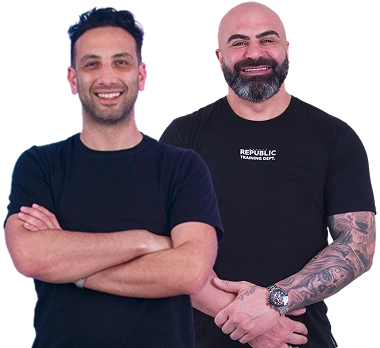Today in “things you never thought were SEO-related but actually are* news, let’s talk about your site’s URL structure.
An URL (Uniform Resource Locator) is your website’s address, and without it, people cannot visit your site. Your typical URL will contain the “www” prefix, name brand, followed by a top-level domain name, such as “com,” “org,” or “com.au.”
But why does the URL structure matter for Search Engine Optimisation, and how can it possibly help you get a better rank in the search results? Well, it’s actually what comes after the top-level domain name that is of interest, and we’re getting to the bottom of it right now.
URL Structure and SEO: How Are They Connected?

Search engines look at URL structure to determine what a specific landing page is about. A good URL structure helps the web crawlers understand the relationship between the pages, and they can easily go through your site and index it for ranking purposes.
It’s why most URLs will look like this: www.brandname.com/main-topic/sub-topic/article
When you have this type of URL structure, search engines can understand the hierarchy of the pages. They know ‘Main Topic’ is a broader category, and everything that follows is connected based on a predefined hierarchy. If we were not interested in having these structures, then we could just have a string of numbers and letters after the top-level domain and be done with it.
And it’s not just search engines that care about your URL structure. Users do as well because a good URL structure works directly to improve user experience. When a user sees our URL example, they draw the same conclusion as the search engines regarding the hierarchy of the pages. Say they did not find what they were looking for on the Article 1 page. They could easily go to the broader Sub-topic page and look for another blog post.
They do it because users understand that Sub-topic is a wider category on a similar topic that Article 1 addresses, so they can browse it to learn more. If, however, there isn’t a good hierarchy between the pages, meaning the URL structure is flawed, they will be greeted by irrelevant content, which will likely frustrate them.
Tips for Improving Website URL Structure
Google recommends you keep a simple URL structure for people to easily follow, and to try to use words instead of long strings of numbers, letters, and other characters.
Below, let’s look at some of the best practices for improving your URL structure.
1. Think “Pyramid”
The ideal URL structure looks like a pyramid if you were to draw it on paper. You first have your main page on top, and then as you do down the walls of the pyramid you can see the main categories and subcategories your website needs.
When you organise your site like this, you can ensure all your pages are connected to each other. Internal linking is a big SEO priority, as pages that aren’t linked anywhere on your site are basically invisible to users and search engines. Plus, this structure can help you identify any duplicate content easily.
If you create your URLs based on the main topics of the page, then two similar or even identical URLs clearly show you have duplicate content on your site.
2. Leverage Your Important Keywords
Your keyword research will undoubtedly uncover some core keywords that are essential to your SEO strategy. By using these words in your URLs, you can potentially improve your ranking factor because you’re giving search engines even more information that the landing page is relevant to the user query.
For instance, an important keyword you may need to leverage could be “local SEO”, which you try to include in a lot of your content to show your target audience as much high-quality information about local SEO as you can. You could also have a specific page dedicated to it, and use “local SEO’”/in the URL to reinforce that the link the users and search engines are seeing is relevant.
A local business wanting to improve their local SEO would be interested in such content, and it would help them to see a dedicated section just for it. Search engines can also quickly find this section on your site and return it to the search results, where a much broader audience could click on the link.
These keywords are especially useful if you have multiple locations you want to target. For instance, let’s say you offer local SEO services in Sydney and Melbourne. You don’t technically need two different location pages for them, since SEO is SEO anywhere in the world, but separating these two may help your ranking position.
Because a small business may search “local SEO Melbourne”/in Google Search to look for small agencies that operate locally. If you have different location pages that use this keyword from the URL to the content, you are telling the search engine your page is the one to deliver.
But don’t go overboard with this approach. You don’t need a page for each major keyword you want to target in your strategy. That will needlessly complicate your site structure, giving you the opposite effect you desire.
3. Use Hyphens, But Only If You Must
Sometimes, you might need to separate words within a URL for readability purposes. In these cases, the only character you should rely on for this task is the hyphen (-). Other characters like the underscore should be avoided for this task.
The URL www.brandname/localseosydney.com could be difficult to understand at first, so the hyphen can come in and help users follow the structure easily. So the URL can become www.brandname/local-seo-sydney.com which helps users read every word and understand what the page is about.
You may not always need hyphens, so don’t feel like you have to integrate them just because you have two words in your URL destination.
4. Expand Your Link Building Strategy
Link building is an important aspect of your SEO effort, as it’s a way to focus on acquiring valuable links from other websites to your own.
These days, just having an online presence with what it all means can result in having a healthy number of hyperlinks, such as:
- Social media links
- Google Maps listings
- Google My Business listings
- Online directories, etc.
But, it’s about the quality of these links as well. Link building is very much a part of your site structure as well, and focusing on earning high-quality links from reputable websites ties in with your URL strategy.
If you focus on improving your URL structure and your search results rankings go up, then your backlinks will likely increase. Websites that are on the top of the result pages are high-quality, and other websites (even competitors) will look to you as an authority site.
Improve Your SEO Strategy with Us
It can be surprising to find out just how extensive an SEO strategy can be. The process of optimising a site for search engines seems fairly simple at first, but when you account for all the necessary changes you likely need to make in your approach, you can soon discover you may need to dedicate a lot more resources into it than previously thought.
But the results are more than worth it, and we can help you achieve them!
Book a free 30-minute strategy session with Australian Internet Advertising now to get started on improving your SEO strategy!




